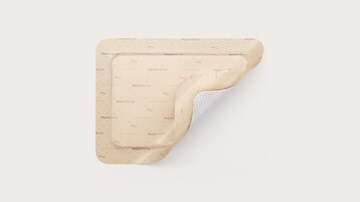Synthetic surgical underglove
Biogel PI Micro Indicator Underglove
Extra-thin surgical underglove for use in a Biogel® Puncture Indication System
Biogel® PI Micro Indicator® Underglove is extra-thin, for the finger-tip feel and tactile sensitivity you need to perform at your best – even when double-gloving. It's designed for you to wear under any of our surgical gloves, working together to create a Biogel Puncture Indication System. Our system technology helps protect you and your patients with best-in-class perforation detection
This synthetic powder-free surgical glove also avoids staff and patient latex sensitivities. It has a smooth outer surface for easy donning and conforms to your hands like a second skin.
- 25% thinner than regular PI gloves for extra tactile sensitivity
- Polyisoprene (non-latex) to avoid latex sensitivities
- A Puncture Indication System with clear, fast and large perforation indication
- Proven to detect up to 97% of punctures
- A clinical study shows non-Biogel gloves are 3.5 times more likely to fail than Biogel gloves
Further product information
How to use Biogel PI Micro Indicator Underglove
Surgical gloves donning guide
Watch these helpful videos on the correct techniques for donning double-gloves.
Assisted technique and how to change a contaminated glove
Assisted donning with double-gloves, using the simple plunge method.
Closed gloving techniques
Donning double-gloves with closed gloving techniques.
Open gloving technique
Donning double-gloves using an open gloving technique.
Related products
'References'

 Biogel PI Micro Indicator Underglove
Biogel PI Micro Indicator Underglove

















